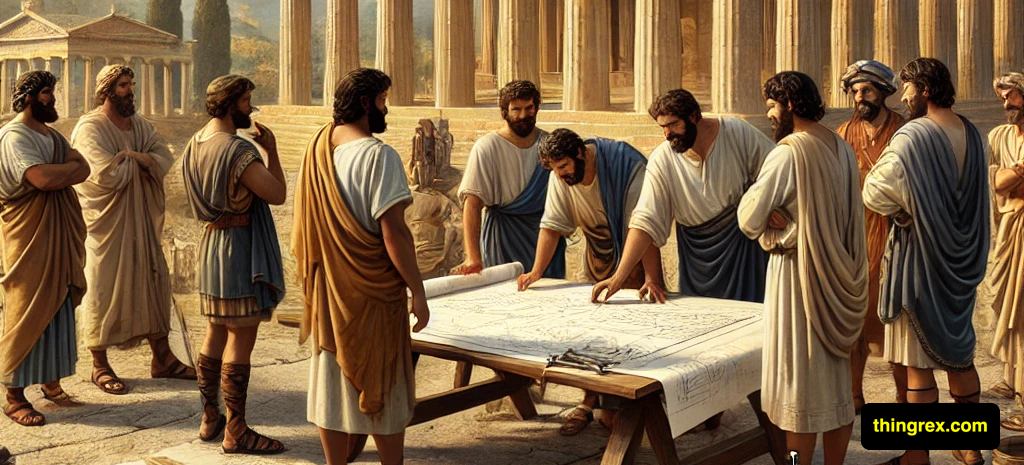
Most of the enterprises that leverage Internet of Things capabilities are non-IT companies. Designing IoT solutions for those customers might be challenging. Without understanding the technical capabilities, stakeholders struggle to verbalize their expectations (aka requirements).
Is there a way we (IT Consultants) can assist them?
What I found most effective is Demo Driven Design. It’s not just a tool, but a collaborative process. During the solution design phase, I showcase relevant technical functionalities we might utilize in the final deployment. I also explain the reasoning behind suggesting those, inviting non-IT stakeholders to be part of the decision-making process.
What is the outcome?
✅ Stakeholders understand the solution and tradeoffs required to implement it within given time and money constraints.
✅ My task is easier during the subsequent phases as I work with clearly defined requirements.
✅ Common understanding makes communication more effective and reduces the risk of the disconnect between stakeholders and developers.
Demo Driven Design is my secret to increasing customer satisfaction and the success rate of my initiatives. Now, it is your turn to leverage it!
Update based on received feedback:
Do you have a particular approach to work on this Demo Driven Design?
I focus on the end-to-end solution design (including devices, edge gateways, and backend applications).
I use a mix of tools:
✅ drawio diagrams to present the high-level concept and how it relates to the existing business operations.
✅ Python scripts to emulate various devices and applications so that customers can see a “working solution."
✅ AWS Console to explain how telemetry data arrives in the cloud and several ways to store and consume it.
In the process, stakeholders get a better understanding of what is possible. Clearly defined requirements are almost a side outcome of that cooperation.
The tools are not that important, in my opinion. Use whatever makes it easy for you to explain the concepts and build a common understanding.

